About one week ago I was in the village of Longueira, in the Alentejo coast. I had planned a photo session of the night sky during the new moon phase, when the sky is at its darkest. I chose a coastal location, at Foz dos Ouriços, near Almograve. Even though there are slightly darker places in the region towards the interior, the coast here is still dark, featuring a Bortle class 4.
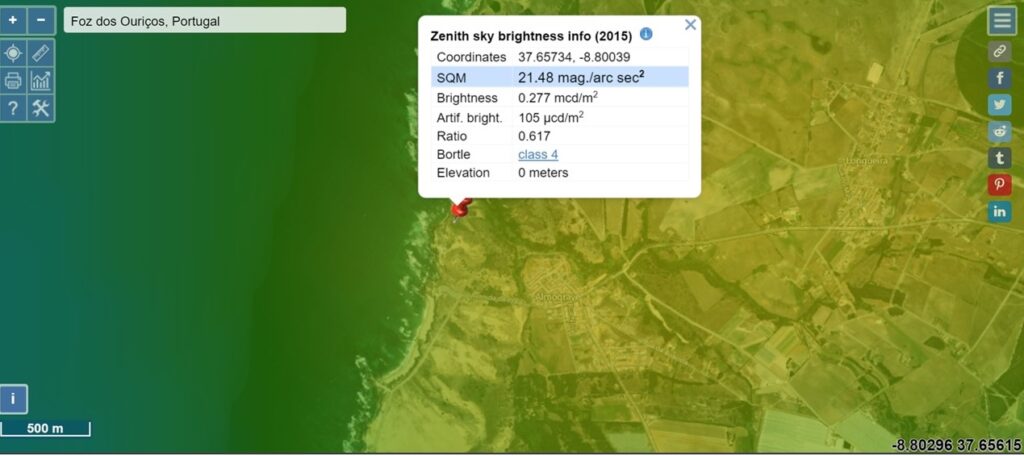
In terms of gear, I brought with me for this session the Fujifilm X-T3 camera and Fujinon 16mm f/1.4 lens, plus the tripod. I like to do star trails, using exposures of 30 sec. at f/2 and ISO 1600. From my experience, these settings work quite well. After focusing the lens manually on a bright star, it is simply a matter of setting the intervalometer in the camera, fire the shutter, lie down, relax, and admire the sky.
The first framing was towards the northwest, to include part of the beach below and the sea. The total time in the final image was 45 minutes. I use Sequator to stack the exposures (star trail option), it is a nice and simple software.
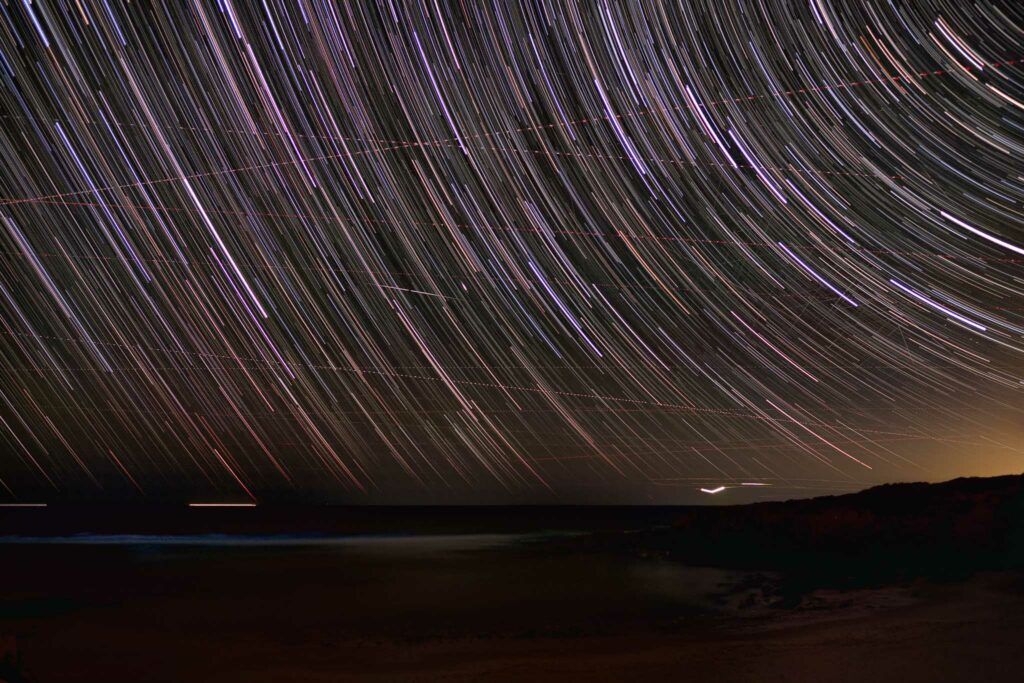
For the second trail, I selected a framing towards the north, to obtain the classic view of the concentric star trails around Polaris. For this framing I chose 120 exposures of 30 seconds each, resulting in a total time of 1 hour. In both cases I also shot a couple of dark frames, to help with noise reduction during the stacking process.
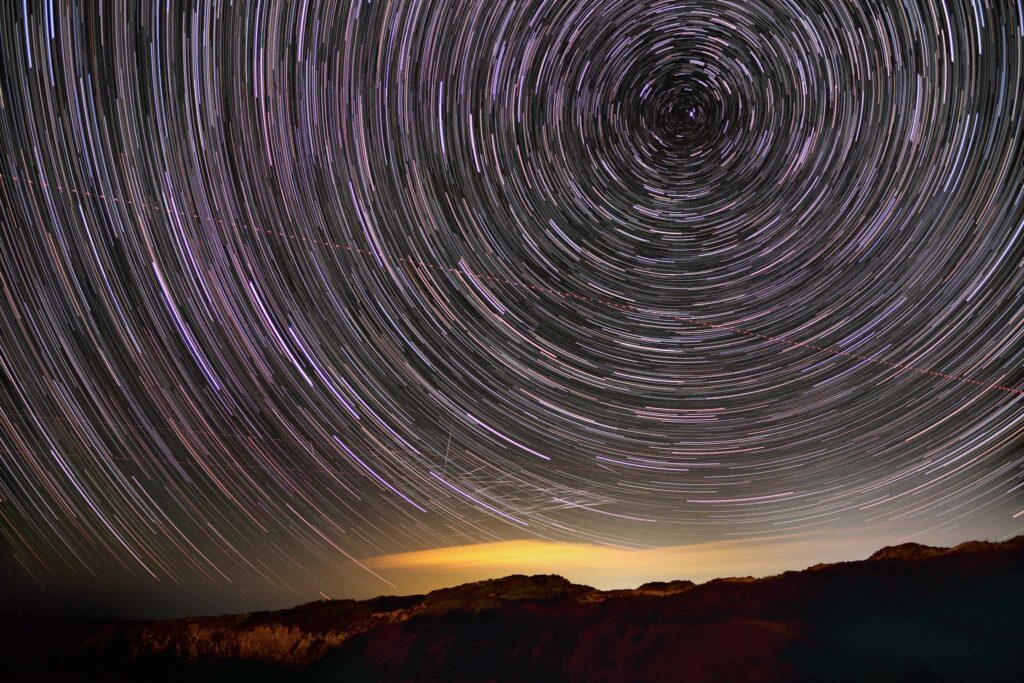
Following the star trails, I made a few photos of the Milky Way, also for later stacking in Sequator. Given that I did not want the stars to trail, I used exposures of 15 seconds, and shot 20 images in total. After stacking in Sequator (with the accumulation option), the result for the 20 images showed a nice Milky Way, but the land part of the composition had trailed; this was expected, because I had a total time of 5 minutes. The best way to avoid this is to mount the camera on a dedicated tracker, but I do not own one.
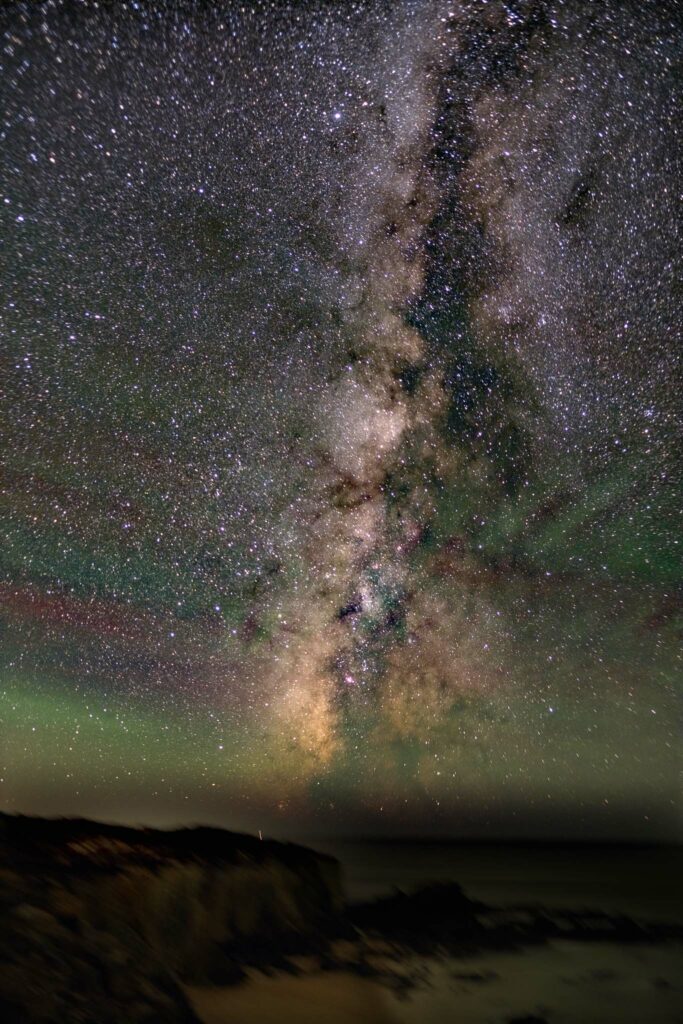
After a few extra runs in Sequator, I decided on an image stacking 4 exposures, which gives a total time of 1 minute. This still gives nice detail in the Milky Way, while reducing the land trailing.
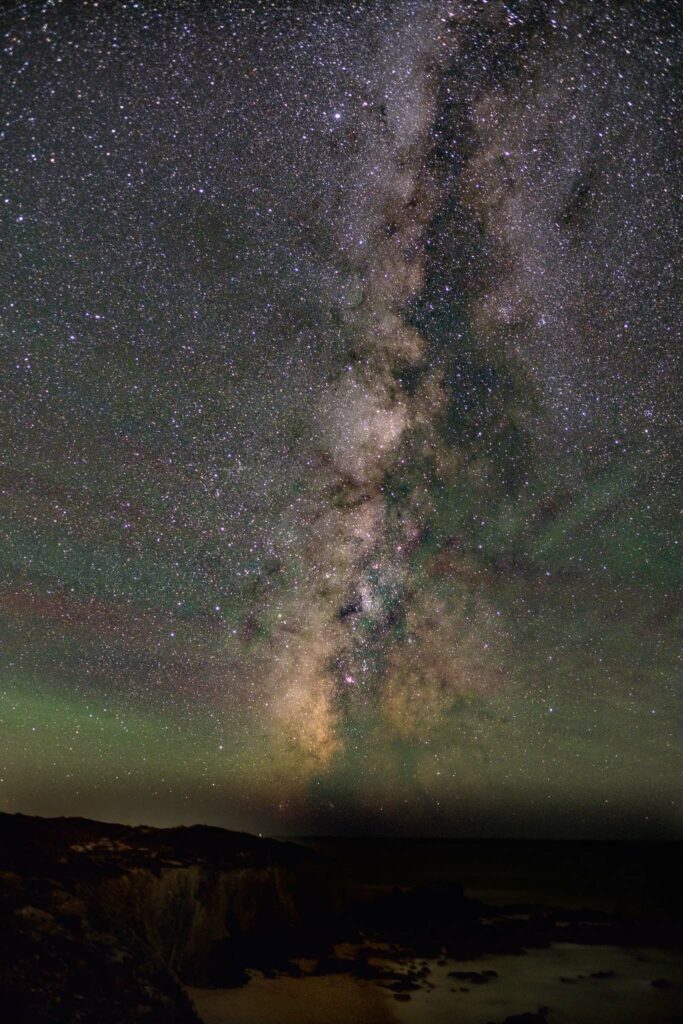
If you can, summer in the northern hemisphere is an excellent time to be out at night and photograph the sky. With modern cameras and software, it is quite easy to obtain good results.